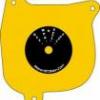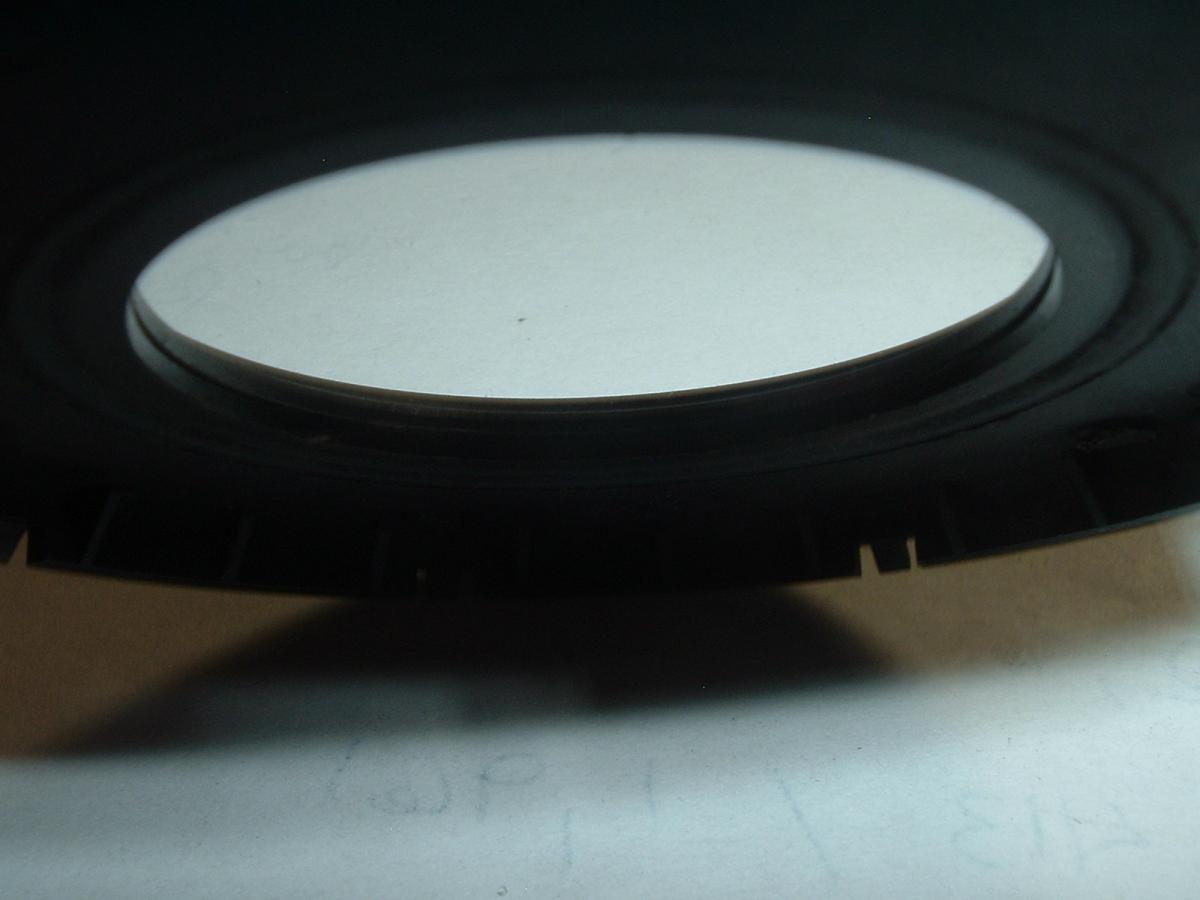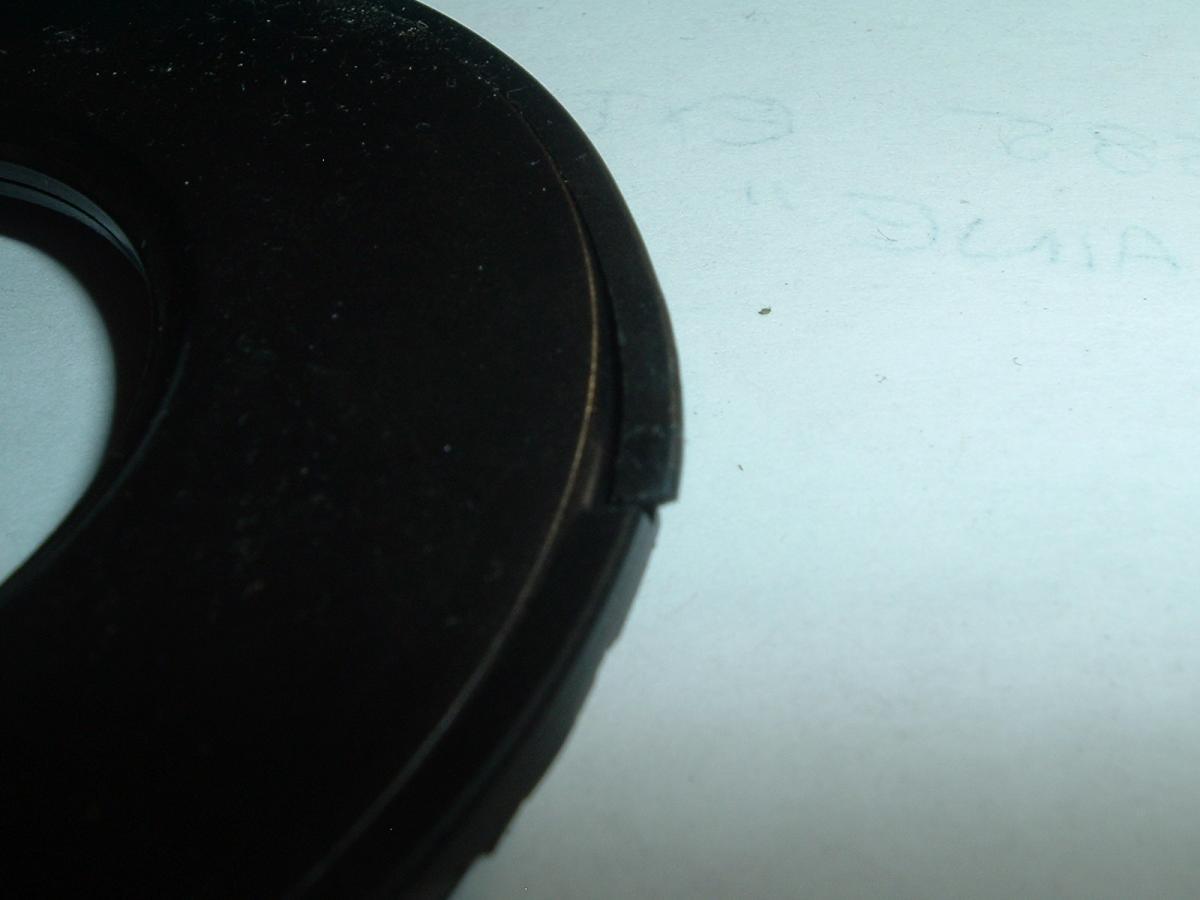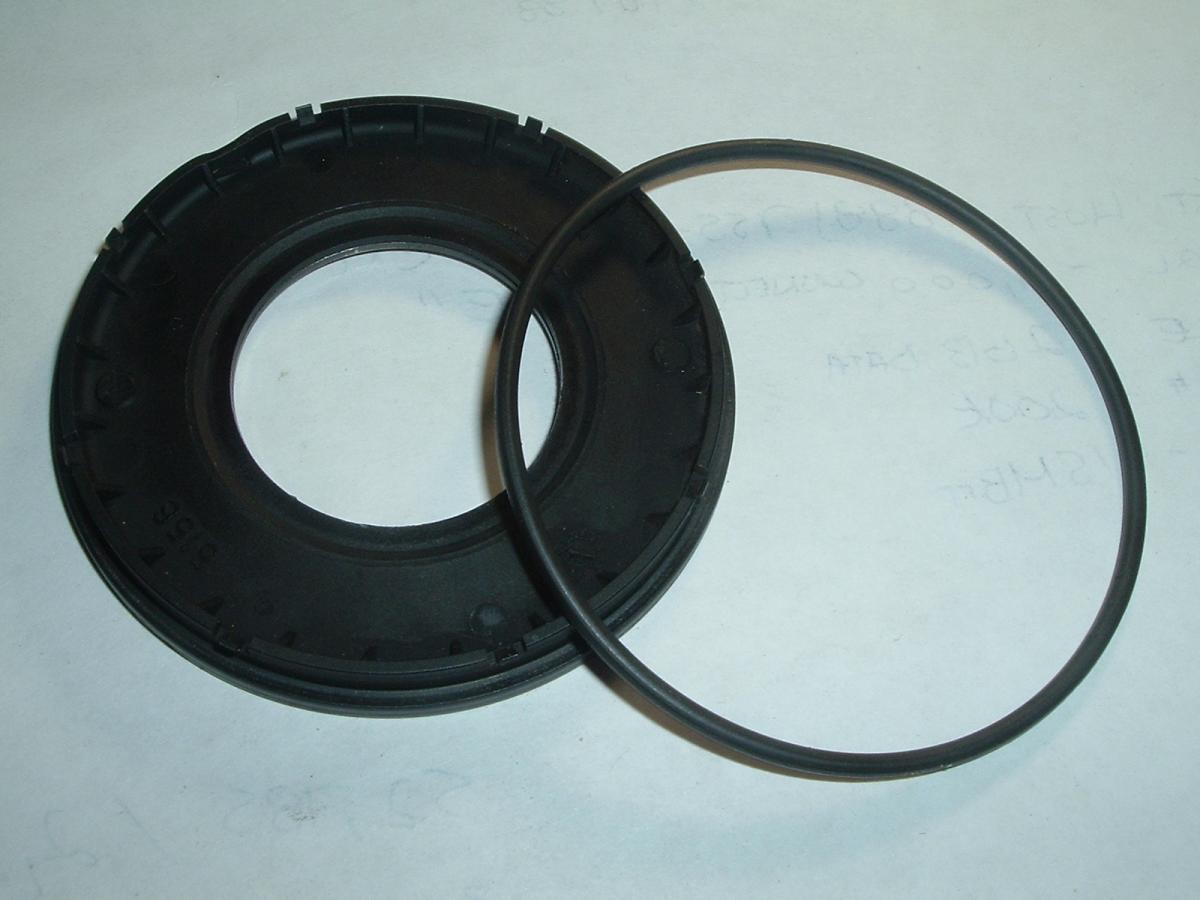Pristine CTD. Extra cab, short bed, 2wd, SLT. Factory tow/haul package, leather heated seats, heavy insulation package. Rebuilt HX 35/40, Dap injectors, full gauges, PacBrake, Dynamic Transmission vb/servos/accumulator/strut/band/triple disc. Soft tranny lines, 40k trans cooler, lift pump, gooseneck hitch (never used), class 5 tow hitch, tonneau cover, air bags, re- geared to 3.73’s, 3rd Gen brakes with 17" rims Rust free CA truck located in Chico CA, 100 miles north of Sacto. I built this to
-
Price: 16000
-
Location: Chico CA 95973
 Mopar1973Man 44 posts
Mopar1973Man 44 posts diesel4life 14 posts
diesel4life 14 posts Yankneck696 10 posts
Yankneck696 10 posts dripley 9 posts
dripley 9 posts





Will the member please come forward that sent me the VP44...